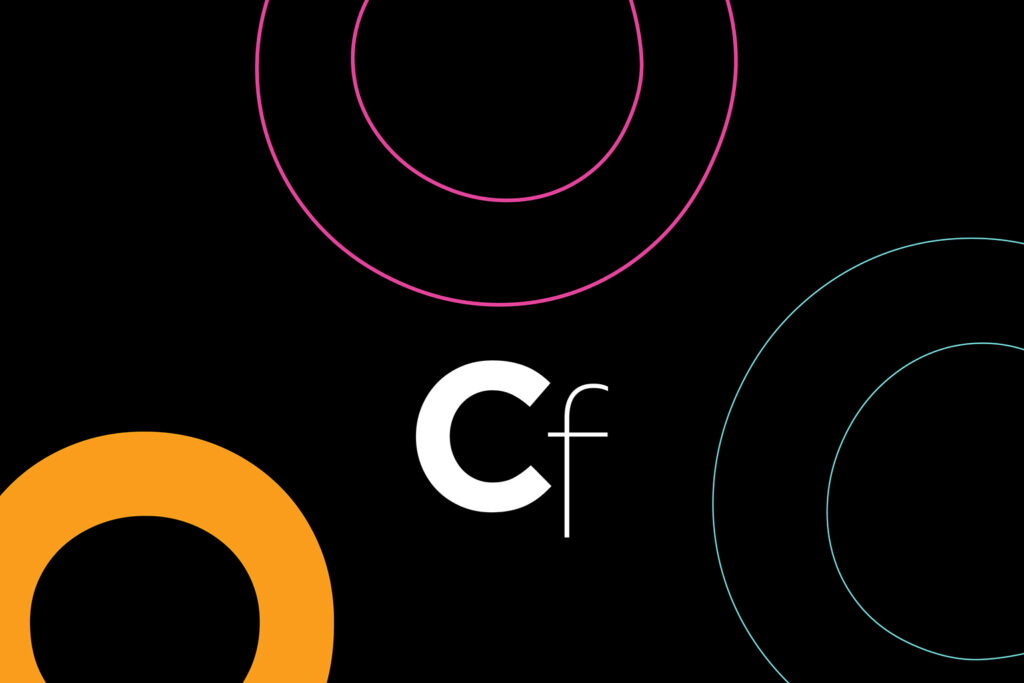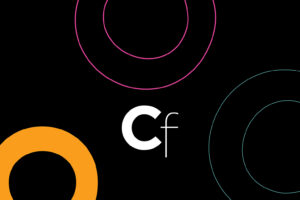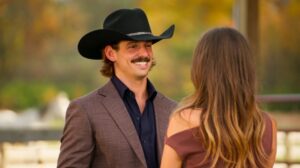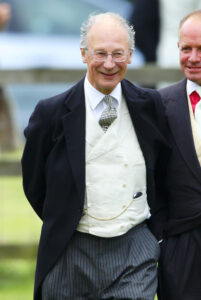Van Gogh’s ‘Sower at Sunset’ Features in Pope Leo’s First General Address

Vincent van Gogh made a surprise appearance at the first address by Pope Leo XIV—in spirit, at least.
On Wednesday, the Chicago native’s speech pondered the Post-Impressionist’s 1888 painting, The Sower at Sunset, in which a sinking celestial body washes a field in golden light. “What strikes me,” he said, “is that, behind the sower, van Gogh painted the grain already ripe.”
Van Gogh returned to pastoral imagery throughout his career, capturing in quick, thick brushstrokes sunlight and shadow as it passed over two of his favorite subjects, millet and its farmers. He diligently chased the example set by Jean-François Millet, whose 1850 painting The Sower was greatly admired by van Gogh.
The sunset scene cited by the Pope was a turning point in van Gogh’s series because he moved away from the blue, violet, and gray hues he’d favored that year—the same one in which he famously cut off his own ear.
Pope Leo spoke of the painting’s namesake, “The Parable of the Sower,” a story told by Jesus to his followers in the New Testament. In that story, a farmer goes to sow his seed but encounters unyielding soils. Determined to grow his crops, he searches until discovering fertile land. The center of the story, the Pope said, was not the sower, but the sun, depicted by van Gogh in his work as a vast orb that occupies most of the horizon. The painting should be a reminder, he concluded, that “God drives history, even if He sometimes seems distant or hidden.”
Parables, he said, encourage their audience to “raise questions within us; they invite us not to stop at appearances.”
As Supreme Pontiff, Pope Leo will have jurisdiction over one the oldest and most renowned art holdings in the world: The Vatican Museums, a mix of art and artifacts, including treasures of Renaissance and Baroque painting and sculpture, as well as pieces by modern artworks by Francis Bacon, Marc Chagall, Salvador Dalí, Pablo Picasso, among others. Collection aside, the historic complex of structures, such as the Raphael Rooms, named after the series of frescos by the painter that adorn its walls, constitute world heritage.
His Papal predecessor, Pope Francis, died on April 20 at 88, leaving an unusually deep legacy in the arts, relative to the modern-era Vatican. In 2024, Francis made headlines at the 2024 Venice Biennale when he visited the Holy See Pavilion, becoming the first Pope to attend the prestigious exhibition. He traveled to Venice by helicopter and touched down in the Women’s Prison on the island of Giudecca, which hosted at the time the show “With My Eyes,” which was curated by Chiara Parisi and Bruno Racine and which was conceived in collaboration with inmates.
In a historic first, Francis also opened a dialogue about the return of colonial-era artifacts that the Vatican Museum acquired from Indigenous civilizations. And under his direction, three fragments of the Parthenon sculptures that were held in the Vatican Museums’s collection for two centuries were returned to Greece.





